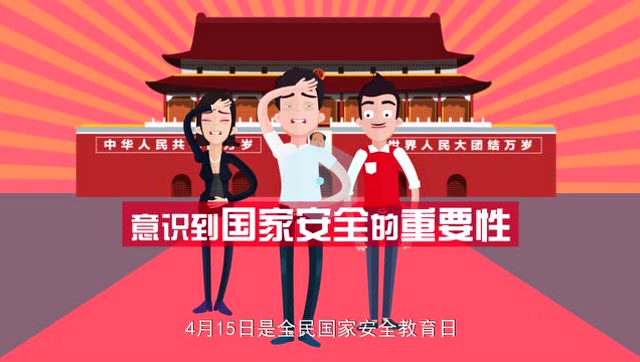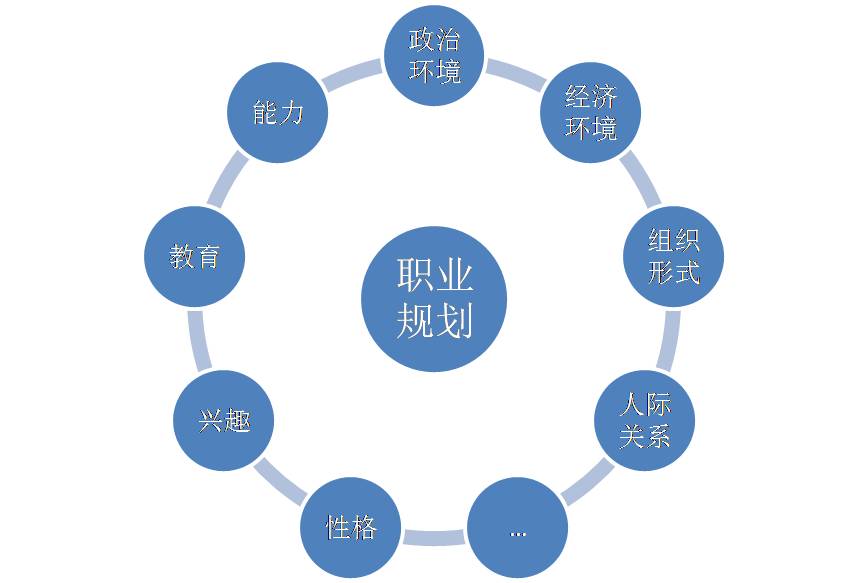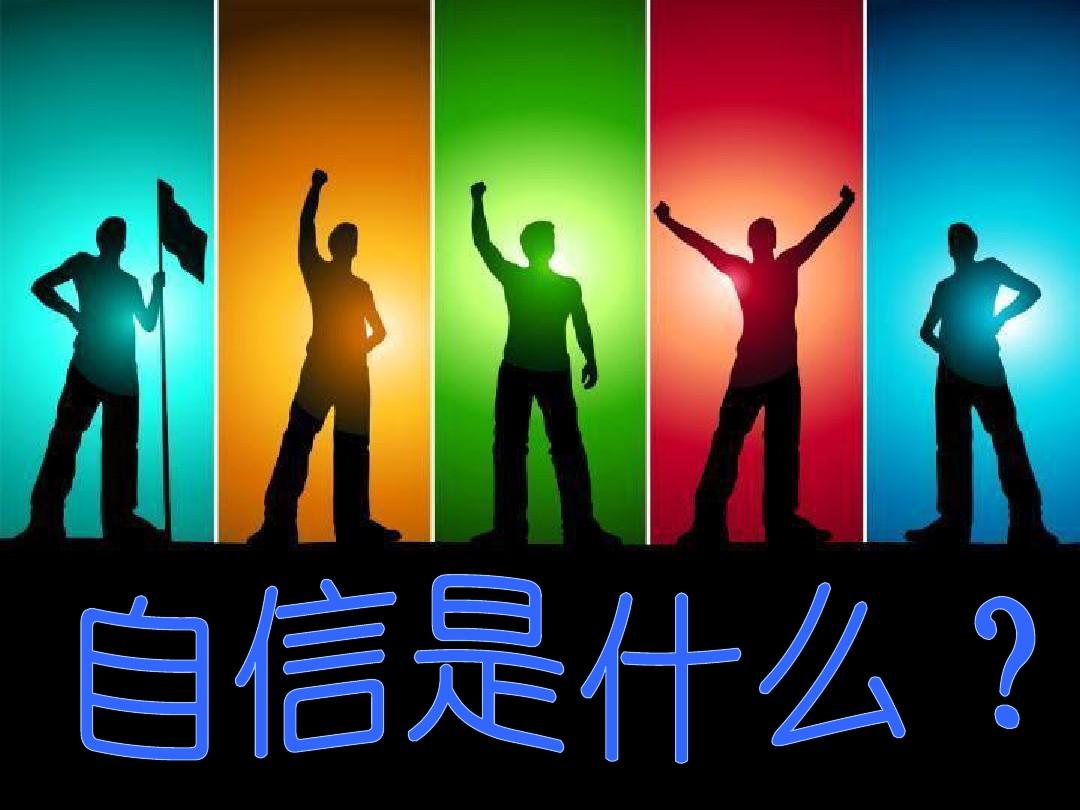Title: Spring Festival
Grade: 4
Duration: 1 week
Learning Objectives:
1. Students will be able to understand the concept and origin of Spring Festival.
2. Students will be able to describe the traditions and activities associated with Spring Festival.
3. Students will be able to write a short paragraph about Spring Festival using simple sentences and vocabulary.
Materials Needed:
1. Pictures of Spring Festival celebrations
2. Video clips of traditional activities during Spring Festival
3. Whiteboard and markers
4. Flashcards with key vocabulary words
5. Worksheets for writing practice
Lesson Plan:
Day 1: Introduction to Spring Festival (1 hour)
1. Begin the lesson by showing pictures of Spring Festival celebrations on the whiteboard. Ask students if they have ever seen or heard of Spring Festival before. Write their responses on the board.
2. Introduce the concept of Spring Festival and explain that it is the most important traditional holiday in China.
3. Show a video clip of the Chinese New Year parade and ask students to identify the different elements they see (e.g. lion dance, dragon dance, fireworks). Write their answers on the board.
4. Review the key vocabulary words for today's lesson (e.g. Spring Festival, lion dance, dragon dance, fireworks). Flashcards can be used for this activity.
5. Encourage students to ask questions about Spring Festival and write their questions on the board.
Day 2: Traditions and Activities (1 hour)
1. Begin the lesson by reviewing the key vocabulary words from yesterday's lesson. Write their definitions on the board for students to reference later.
2. Introduce the different traditions and activities associated with Spring Festival. For example:
- Cleaning the house to get rid of bad luck
- Wearing red clothing to bring good luck
- Eating dumplings and glutinous rice cake to symbolize wealth and prosperity
- Hanging red lanterns and couplets to welcome the new year
3. Show pictures of these traditions and activities and ask students to describe what they see. Write their descriptions on the board.
4. Play a game where students take turns acting out a Spring Festival tradition or activity with a partner. For example, they can act out hanging red lanterns or eating dumplings together. This will help students better understand the significance of these traditions.
5. Encourage students to share their own family traditions related to Spring Festival. Write their stories on the board for everyone to learn from.
Day 3: Writing Practice (1 hour)
1. Review the key vocabulary words from previous days' lessons again. Write their definitions on the board for students to reference later.
2. Provide worksheets for students to write a short paragraph about Spring Festival using simple sentences and vocabulary they learned throughout the week. They should include at least one tradition or activity they enjoyed during Spring Festival. Encourage them to use descriptive language and show their creativity!
3. Once students have finished their paragraphs, encourage them to read their work aloud to the class. They can also exchange their worksheets with a partner to grade each other's writing.
4. Review the correct grammar and spelling of any words that students may have difficulty with. Use flashcards or a dictionary if necessary.
5. As a closing activity, ask students to draw a picture of their favorite Spring Festival tradition or activity using crayons or colored pencils. Display their artwork around the classroom for everyone to enjoy.
Grade: 4
Duration: 1 week
Learning Objectives:
1. Students will be able to understand the concept and origin of Spring Festival.
2. Students will be able to describe the traditions and activities associated with Spring Festival.
3. Students will be able to write a short paragraph about Spring Festival using simple sentences and vocabulary.
Materials Needed:
1. Pictures of Spring Festival celebrations
2. Video clips of traditional activities during Spring Festival
3. Whiteboard and markers
4. Flashcards with key vocabulary words
5. Worksheets for writing practice
Lesson Plan:
Day 1: Introduction to Spring Festival (1 hour)
1. Begin the lesson by showing pictures of Spring Festival celebrations on the whiteboard. Ask students if they have ever seen or heard of Spring Festival before. Write their responses on the board.
2. Introduce the concept of Spring Festival and explain that it is the most important traditional holiday in China.
3. Show a video clip of the Chinese New Year parade and ask students to identify the different elements they see (e.g. lion dance, dragon dance, fireworks). Write their answers on the board.
4. Review the key vocabulary words for today's lesson (e.g. Spring Festival, lion dance, dragon dance, fireworks). Flashcards can be used for this activity.
5. Encourage students to ask questions about Spring Festival and write their questions on the board.
Day 2: Traditions and Activities (1 hour)
1. Begin the lesson by reviewing the key vocabulary words from yesterday's lesson. Write their definitions on the board for students to reference later.
2. Introduce the different traditions and activities associated with Spring Festival. For example:
- Cleaning the house to get rid of bad luck
- Wearing red clothing to bring good luck
- Eating dumplings and glutinous rice cake to symbolize wealth and prosperity
- Hanging red lanterns and couplets to welcome the new year
3. Show pictures of these traditions and activities and ask students to describe what they see. Write their descriptions on the board.
4. Play a game where students take turns acting out a Spring Festival tradition or activity with a partner. For example, they can act out hanging red lanterns or eating dumplings together. This will help students better understand the significance of these traditions.
5. Encourage students to share their own family traditions related to Spring Festival. Write their stories on the board for everyone to learn from.
Day 3: Writing Practice (1 hour)
1. Review the key vocabulary words from previous days' lessons again. Write their definitions on the board for students to reference later.
2. Provide worksheets for students to write a short paragraph about Spring Festival using simple sentences and vocabulary they learned throughout the week. They should include at least one tradition or activity they enjoyed during Spring Festival. Encourage them to use descriptive language and show their creativity!
3. Once students have finished their paragraphs, encourage them to read their work aloud to the class. They can also exchange their worksheets with a partner to grade each other's writing.
4. Review the correct grammar and spelling of any words that students may have difficulty with. Use flashcards or a dictionary if necessary.
5. As a closing activity, ask students to draw a picture of their favorite Spring Festival tradition or activity using crayons or colored pencils. Display their artwork around the classroom for everyone to enjoy.





